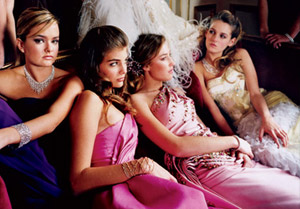
For the rich set in South America, exotic pets are a status symbol. I learned this when I went to visit an old friend of mine from Manhattan who in recent years has moved to Lima, where his family owns and runs a successful Peruvian company. As I traveled the city visiting affluent homes for lunch and dinner parties, I began to realize that nearly every wealthy person in town has at least one pet that looks like it belongs in a David Attenborough documentary or on the island of Dr. Moreau.
“Mira, mira, mira!” my lovably South American hosts would shout to me as we traversed the drawings rooms and back hallways of their lavish houses, which invariably gave way to oversized decorative cages filled with a monkeys, jaguars, pygmy deer, and something the Lima elite like to call the Cock of the Rock.
Admittedly it was a genuine pleasure to see such foreign creatures living on display in private residences, especially when the animals were tame and given the freedom to leave their enclosures. At one home in particular, a pair of adorable Titi monkeys would descend from the branches of the fruit trees in the garden every time a meal was served outdoors. I made a habit of sharing my orange juice with the more sociable of the two. I like to think it was a special moment for both of us.
Continue reading »



















